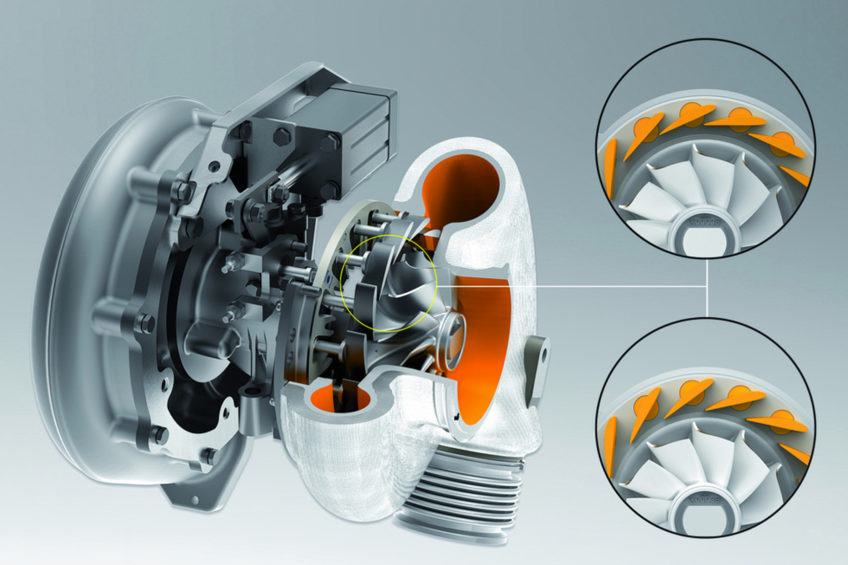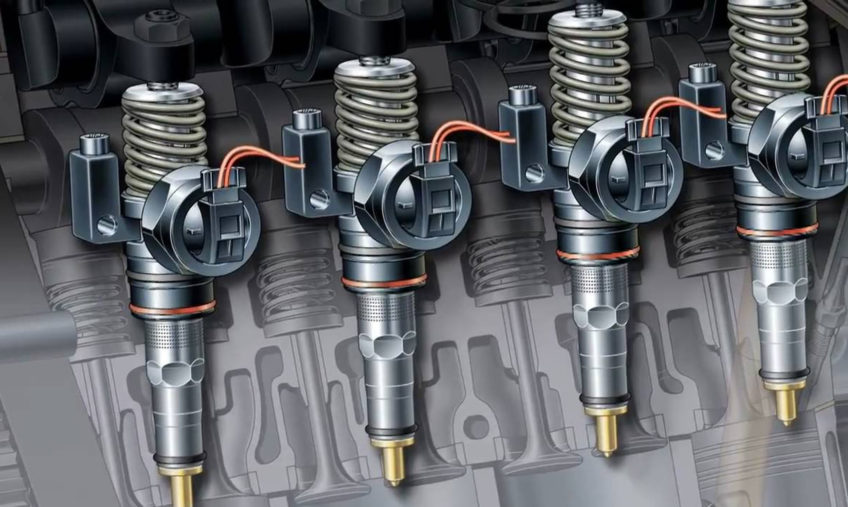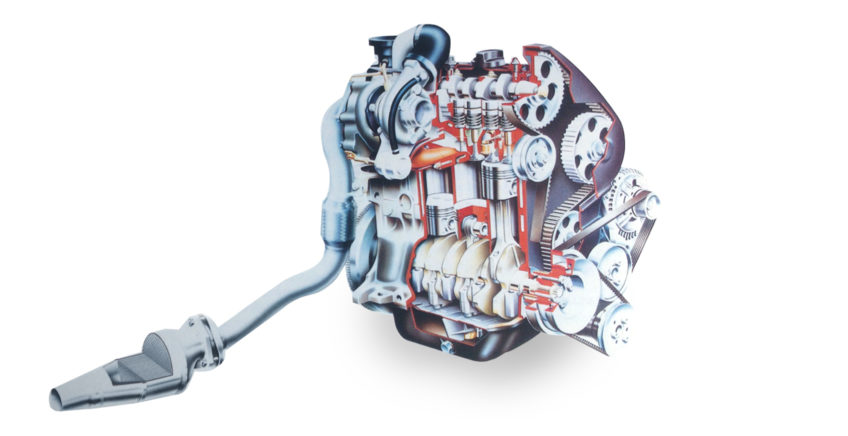Diesels have come in for a fair bit of flack recently, with VW hitting the headlines for all the wrong reasons. But pioneering French manufacturers aside, it’s important to recognise that Volkswagen has also been responsible for some of the most important diesel engine innovations in the past few decades. Here’s a quick summary of the highlights…
VW’s first commercially available diesel car was the 1.5 Golf in 1976, which featured a naturally aspirated 50bhp unit which was really little more than a diesel version of the petrol engine used in the innovative hatch. However, it was painfully slow and somewhat unrefined – and despite subsequent capacity increases never really proved all that popular with the car buying public.
A big breakthrough however came in the early 1980s when VW added a turbocharger, which effectively gave the otherwise flaccid 1.6 diesel much more respectable performance and hugely improved economy from its 70bhp engine. The ‘TD’ then became the ‘TDI’ when direct injection technology came on stream in 1991, engines from that era not only becoming noticeably more perky, but also 15% more fuel efficient.

Turbo ‘lag’ – or the delay in power as the turbo took time to spool up – was the next issue to be addressed by Volkswagen, resulting in the introduction of variable geometry turbochargers (above). These employed ‘vanes’ which controlled gas flow within the turbo to maximise boost across the whole rev range. In other words, response was now virtually simultaneous. VWs with this type of turbo fitted can be identified by a red ‘I’ in their ‘TDI’ badging.
Recognising that the delivery of fuel in the right quantity at precisely the right moment is crucial to the efficiency of the diesel combustion cycle, Volkswagen then switched their attention to controlling the pressure and timing of fuel input with its pump-injector or ‘Pumpe Düse’ engine in 2000. These were similar to the high-pressure common rail fuel injection systems used by the likes of Citroén and Peugeot. The key component of the PD TDi was its piezoelectric injectors which allowed far more precise control of injection timing and fuel delivery.

Bringing things up to date, VW finally caved in an adopted a common rail design (with a single ‘rail’ delivering all the fuel to each cylinder) alongside its piezoelectric injectors from 2009 to provide the ultimate solution in terms of performance, economy and refinement.
Now some of you might remember VW’s ground-breaking Umwelt (‘environment’) engine which appeared on the Mk2 Golf in the early 1990s (below). Ironically, given the bad press VW’s received recently over it’s diesels, Autocar & Motor magazine handed Volkswagen its ‘Environmental Contribution of the Year’ award in 1990 for this engine.

So what did it do that was so different? Very little actually; in a nutshell, it was a detuned version of the standard TDI which forced extra air into the combustion chambers under full load to ensure a more complete combustion process. It also featured an oxidation catalyst which helped remove hydrocarbons when the gasses came out the other end, hence the environmentally friendly nametag.
In the April 1990 issue of Diesel Car when they put the Mk2 Umwelt Golf on test, the opening paragraph begins. “It can be quite a job convincing people that diesels are less polluting than petrol cars.” Little did they know…
Ian
The opinions expressed here are the personal opinions of the author and do not necessarily represent the views and opinions of VW Heritage.


we require 2010 1.9tdi engine for 201o vw caddy
you claim turbo increases fuel economy on vw diesels, but the EPA website says otherwise.
I had a 1998 TDI Volkswagon Diesel was getting on High way 55 M.P.G.’s
I need a alternator belt formy 1.9 diesial none turbo engine